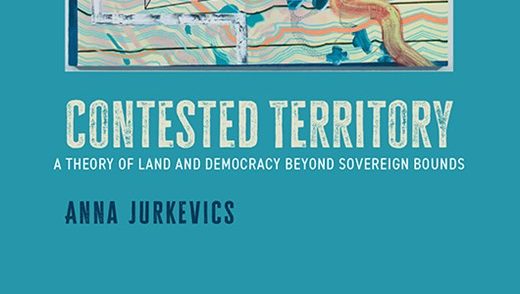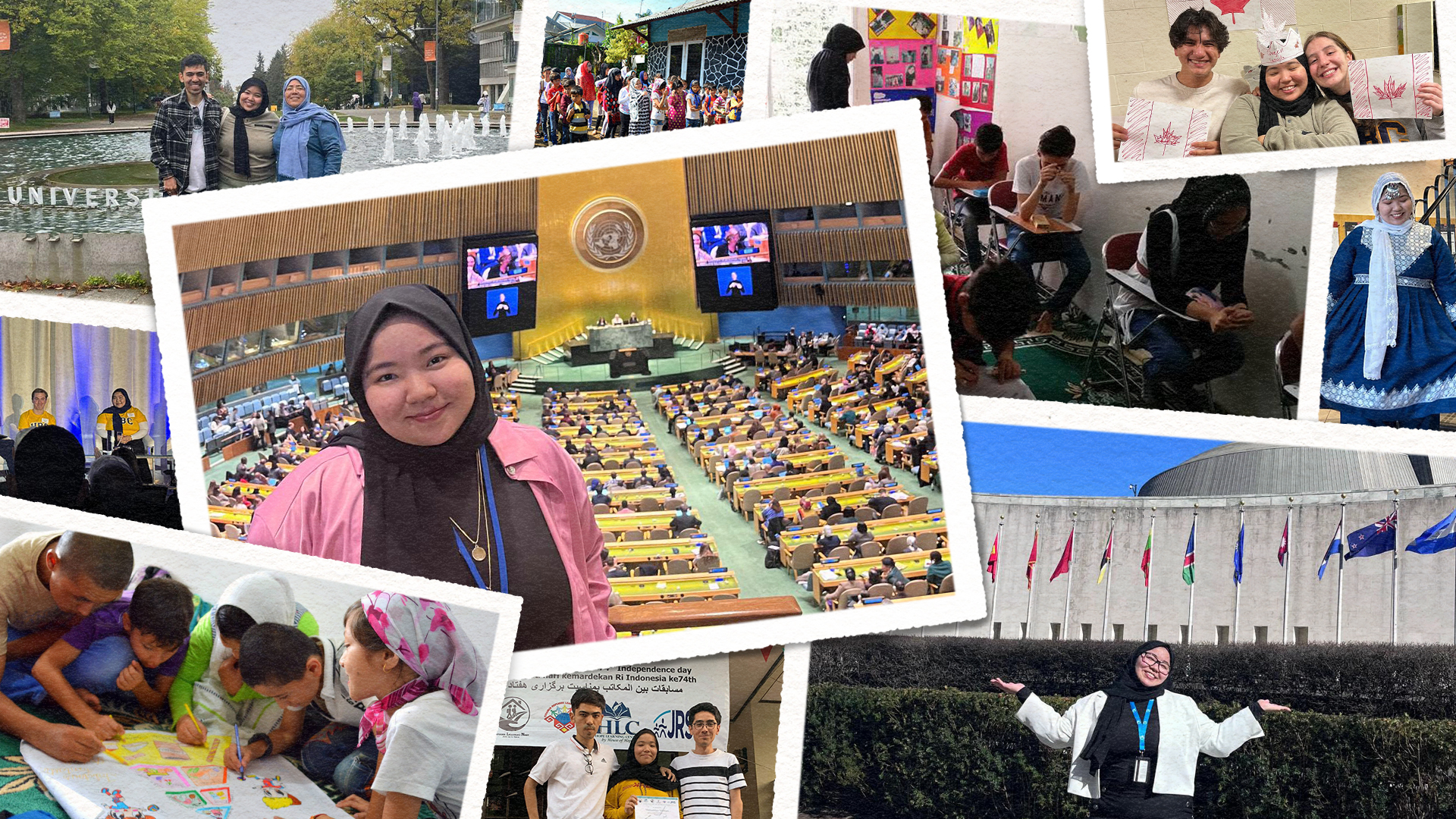Andrew Falle is a Political Science alum, as well as the Research Coordinator and a Junior Fellow at the Outer Space Institute (OSI).


Andrew Falle, BA '20
Andrew graduated from UBC in 2020 with a Bachelor of Arts in Political Science.
His current research concerns the emerging sustainability implications of satellite mega-constellations, including policy pathways to prevent and mitigate them. Raised in the Slocan Valley, he is a lifelong resident of British Columbia, and is an avid skier, hiker, and cyclist.
Andrew’s recent research publication, “One million (paper) satellites,” explores the implications of dramatic increases of satellites in outer space. He co-wrote the paper with Ewan Wright, a UBC PhD student in interdisciplinary studies who is also a Junior Fellow at the OSI.
We spoke to Andrew about his work on outer space policy and his experiences with research.
How did you get involved with the Outer Space Institute? What does your work with the Institute look like?
My first exposure to outer space policy was through an undergraduate IR course taught by Prof. Michael Byers back in 2019. I had enrolled thinking that the focus was going to be Arctic law and policy, but at the first lecture — and to my surprise — Prof. Byers announced a topic change to space policy. I decided to stick with it and found it to be a fascinating area of research!
I began working as a research assistant for Prof. Byers the following year and that continued into the summer of 2020, after my graduation from UBC with a BA in political science. Over that period Prof. Byers and Prof. Aaron Boley, who together co-direct the OSI, began involving me in workshops, research, and events. In early 2021 I accepted a position as the OSI’s Research Coordinator.
Since I started at OSI, we’ve been growing fast and a lot of my time has been dedicated to planning, administrative and research tasks related to OSI projects, which encompass a broad range of research and advocacy work promoting the safe and sustainable development of outer space activities. I occasionally find the time to pursue my own research projects with colleagues — this publication being an example.
Can you summarize the main findings of your study?
Ewan Wright and I spent a good amount of time digging through a database from the International Telecommunication Union (ITU), a UN special agency that regulates and coordinates global radio spectrum use, that contains information about proposed satellites and their intended radio frequency use. We found that from 2017 – 2022 fillings for one million new satellites had been submitted — most of them as large constellations. Many of these satellites would be launched into low Earth orbit (LEO), i.e., orbits below an altitude of 2,000km. There are about 8,400 active satellites in LEO right now, so this would be a massive increase.
These numbers reveal an interesting set of problems. If even a fraction of the million proposed satellites were to launch it would have serious implications for the environment. However, it’s very possible that many won’t make it into space. We found that satellite operators are likely over-filing for radio spectrum, probably to attract investor and media attention, or warehousing the radio spectrum for later use or to sell it off. Some operators were even filing large constellations of satellites across multiple administrations (countries), potentially to reduce costs or skirt national regulations — a potential flag of convenience scenario for space activities.
The sheer number of filings, as well as the speculative filing practices used by operators, will make it more difficult for the ITU to coordinate radio spectrum use. It also makes it difficult to determine exactly how busy the space environment will be in the near future, creating uncertainty about the scale of resulting environmental impacts, including how to mitigate them.
What are the consequences of the increasing number of satellites in Earth’s orbit?
Orbital debris and collision risks are a big concern. Adding tens or hundreds of thousands of additional satellites to low earth orbit is going to complicate coordination between operators, increasing the risk of collisions between satellites and existing orbital debris, which in turn creates more orbital debris, and so on.
There are also environmental consequences and casualty risks associated with the launch and reentry of satellites. Rocket launches, which will increase significantly in the coming years, contribute to pollution in the upper atmosphere. The uncontrolled reentry of satellites and the rockets used to launch them pose a growing casualty risk to people on the ground, at sea, and in aircraft. Additionally, the materials used in the many satellites that will demise in the upper atmosphere upon reentry could have negative impacts on Earth’s climate.
Another growing concern is light and spectrum pollution from satellites, which is already impacting optical and radio astronomy observations, as well as casual viewing of the night sky. If you find yourself camping in a rural area this summer, spend some time looking up at the night sky and note how many satellites you see pass over!
Can the ITU mitigate any of these issues?
Every 3-4 years, the 193 member states of the ITU meet at World Radiocommunication Conferences (WRC), where they negotiate consensus-based amendments to the Radio Regulations (RR), which are binding on the member states. Updates to the regulations could help!
This might include limits on the number of satellites filed in each constellation, which could reduce the occurrence of over-filing. Fees or bonds that can be re-paid to operators after they safely deorbit their satellites could reduce space debris and collision risks between satellites. Other issues, such as speculative filing by operators or the possibility of flag of convenience states, should also be address through new rules.
How does this research connect to other projects at the Institute?
The unprecedent scale of satellite constellations, including how they are sometimes used, is presenting a series of new environmental and security challenges. Having a rough idea of how many satellites might one day be operating in space, as well as their intended use, helps our understanding of the severity and scale of connected issues including the impacts on astronomy and the environment, casualty risks from reentries, the use of anti-satellite weapons, and so on.
The OSI is addressing many of these issues through research and policy advocacy, and knowing more is always helpful. All of it is very connected!
What’s next for you? Should we expect any more publications from you soon?
I plan to work with OSI colleagues to write and submit at least one paper for publication before I start law school in September. We have many ideas on the go at the moment and hopefully I can find the time to bring at least one of them to completion before then!


